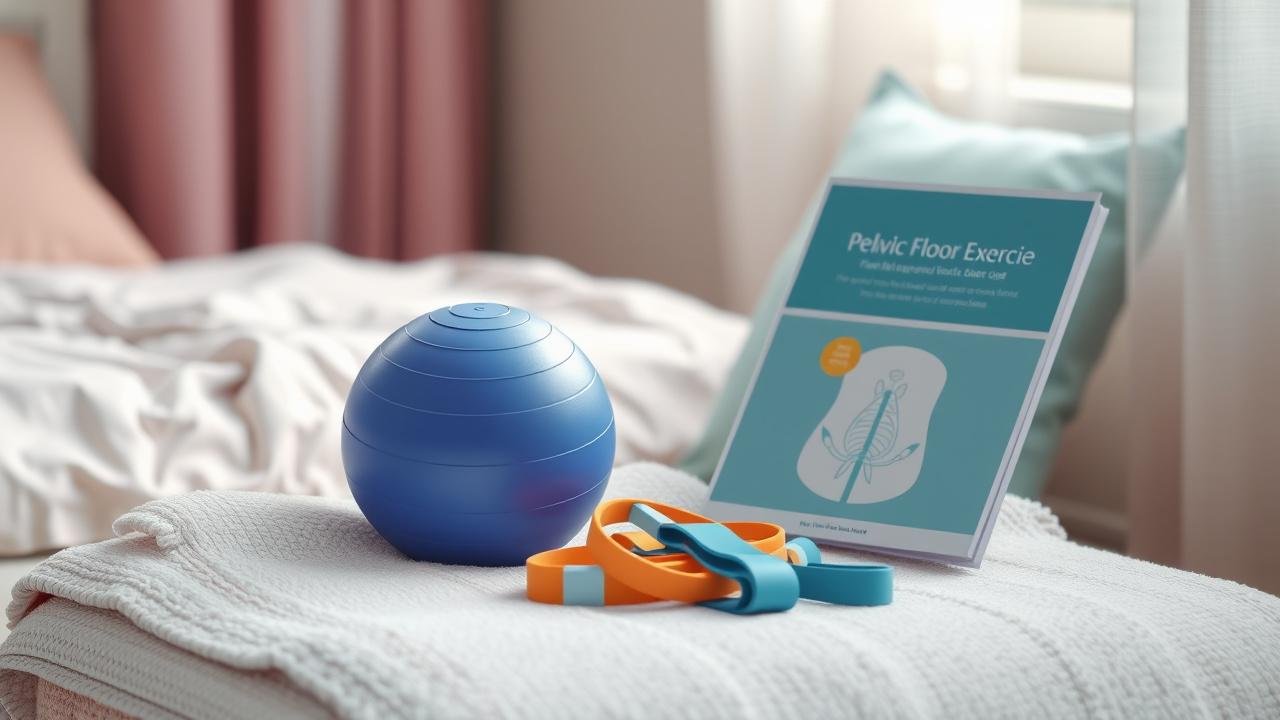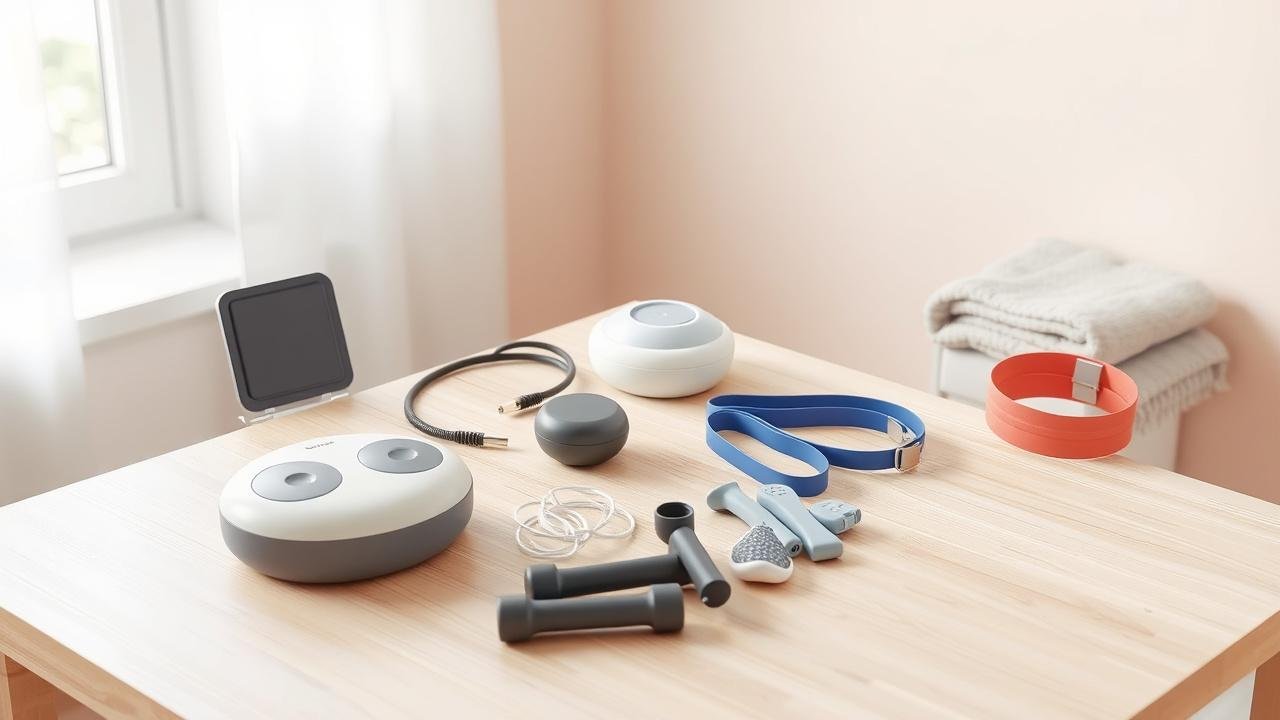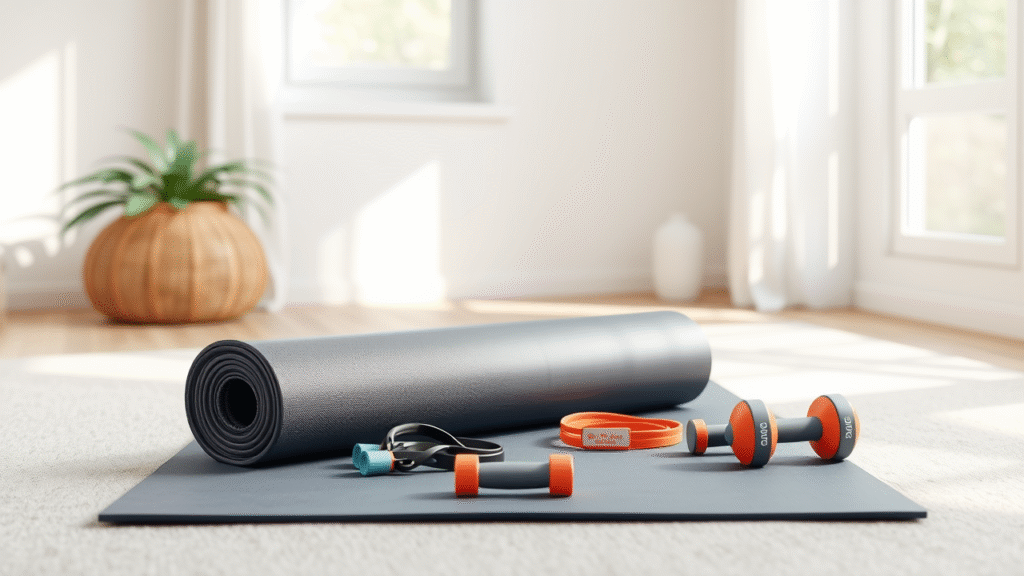Pelvic floor health plays a crucial role in a woman’s well-being before, during, and after childbirth. Addressing this often-overlooked area can prevent long-term complications and support smoother recovery. This blog explores the anatomy of the pelvic floor, common challenges faced during pregnancy and postpartum, and practical exercises to strengthen these muscles. We also examine how nutrition, hormones, and professional therapies contribute to lasting pelvic wellness. By understanding symptoms early and building a comprehensive care plan, new mothers can promote lifelong pelvic health and confidence.
Understanding Pelvic Floor Anatomy and Its Role in Childbirth Recovery
A clear grasp of pelvic floor anatomy is essential for understanding its crucial role in childbirth recovery. The pelvic floor comprises a complex group of muscles, ligaments, and connective tissues that support the bladder, uterus, and rectum. During pregnancy and delivery, these structures stretch and often weaken, making knowledge of their function vital to prevent long-term complications. This foundational understanding informs approaches discussed later in the blog, such as targeted rehabilitation exercises and professional therapies aimed at restoring strength and coordination. Recognizing how hormonal shifts affect tissue elasticity also ties back to anatomy’s influence on postpartum healing. By appreciating the pelvic floor’s intricate design and role, new mothers can better identify dysfunction symptoms early on and adopt nutrition and lifestyle habits that enhance recovery. This anatomical insight underpins building a sustainable care plan that protects pelvic health well beyond the initial postpartum period.
Common Pelvic Floor Challenges During Pregnancy and Early Postpartum Period

During pregnancy and the early postpartum period, many women face common pelvic floor challenges that can significantly impact their recovery and long-term health. The increased pressure from the growing uterus, combined with hormonal shifts discussed in the section on hormonal changes, often leads to weakened pelvic muscles. This weakening can cause issues such as urinary incontinence, pelvic organ prolapse, and discomfort during daily activities. Understanding these challenges is crucial for recognizing symptoms early, a topic further explored in the section on managing pelvic floor dysfunction symptoms. Addressing these problems promptly through targeted exercises and rehabilitation techniques—outlined in the blog’s exercise section—can prevent chronic conditions. Moreover, integrating professional therapy options enhances recovery outcomes by tailoring care plans to individual needs. Together with proper nutrition and lifestyle adjustments highlighted elsewhere in the blog, acknowledging these common difficulties forms a foundational step toward building sustainable pelvic floor health before and after childbirth.
Effective Pelvic Floor Exercises and Rehabilitation Techniques for New Mothers
Effective pelvic floor exercises and rehabilitation techniques are essential tools for new mothers aiming to restore strength and function after childbirth. These targeted movements, often introduced gradually in the early postpartum period, focus on enhancing muscle tone, coordination, and endurance of the pelvic floor muscles—key components discussed in our section on anatomy and recovery. Combining these exercises with insights from nutrition and lifestyle strategies supports tissue healing and overall muscle resilience. Recognizing symptoms of dysfunction early, as outlined elsewhere in the blog, allows timely intervention with professional therapy or medical guidance to prevent long-term complications. Rehabilitation may include tailored routines such as Kegel exercises, guided breathing techniques, and biofeedback-assisted training to rebuild stability while respecting hormonal influences that affect muscle elasticity during this phase. Integrating these practices into a comprehensive care plan fosters sustainable pelvic health that not only addresses immediate postpartum needs but also contributes to lifelong prevention and wellness detailed in our final sections.
Nutrition and Lifestyle Factors Supporting Pelvic Floor Strength Before and After Delivery

Nutrition and lifestyle choices play a crucial role in supporting pelvic floor strength both before and after delivery, complementing the anatomical understanding and rehabilitation strategies discussed earlier. A diet rich in fiber, hydration, and anti-inflammatory nutrients helps prevent constipation, reducing strain on pelvic muscles during pregnancy and postpartum. Balanced nutrition also supports tissue repair and combats hormonal fluctuations that can weaken the pelvic floor, as highlighted in the section on hormonal impacts. Incorporating regular low-impact physical activity enhances circulation and muscle tone without overloading sensitive areas. Mindful habits such as proper posture and avoiding heavy lifting contribute to long-term resilience, aligning with sustainable care plans for lifelong pelvic health. These lifestyle factors create an essential foundation that optimizes the effectiveness of targeted exercises, therapy interventions, and symptom management strategies explored throughout the blog. Together, they empower new mothers to proactively protect their pelvic floor function during this critical transition period.
The Impact of Hormonal Changes on Pelvic Floor Health Throughout Pregnancy and Postpartum
Hormonal fluctuations during pregnancy and the postpartum period play a critical role in shaping pelvic floor health, significantly influencing tissue elasticity and muscle tone. Elevated levels of relaxin and progesterone soften ligaments and connective tissues, preparing the body for childbirth but also increasing susceptibility to pelvic floor strain and weakness. This hormonal environment can exacerbate common challenges faced during pregnancy, as discussed in the section on pelvic floor challenges, making targeted rehabilitation techniques especially important. Understanding these hormonal impacts complements knowledge of pelvic floor anatomy and informs effective exercise strategies for recovery. Moreover, recognizing how hormones affect symptom presentation aids early detection of dysfunction in the months following delivery. Integrating this hormonal perspective with nutrition, lifestyle adjustments, and professional therapy enhances long-term wellness efforts. Ultimately, addressing hormonal influences is essential when building a sustainable care plan that supports pelvic floor resilience throughout motherhood and beyond.
Recognizing and Managing Pelvic Floor Dysfunction Symptoms in the Months Following Childbirth

Recognizing and managing pelvic floor dysfunction symptoms in the months following childbirth is crucial for a smooth recovery and long-term wellbeing. New mothers often face challenges like urinary leakage, pelvic pressure, or discomfort, which can stem from the anatomical changes discussed in the section on pelvic floor anatomy and childbirth recovery. Early identification of these signs allows timely intervention through targeted exercises and rehabilitation techniques highlighted elsewhere in the blog. Understanding how hormonal fluctuations influence tissue elasticity and muscle tone postpartum further informs symptom management strategies. Integrating professional therapy options can address persistent issues effectively, complementing lifestyle adjustments such as nutrition to support tissue healing. By closely monitoring symptoms during this critical period and employing a comprehensive care plan, new mothers can prevent minor dysfunctions from evolving into chronic problems, ensuring their pelvic floor health aligns with lifelong prevention goals emphasized throughout the blog.
Integrating Professional Pelvic Floor Therapy and Medical Interventions for Long-Term Wellness
Integrating professional pelvic floor therapy with appropriate medical interventions forms a crucial cornerstone for long-term pelvic wellness after childbirth. While understanding the anatomy and common challenges during pregnancy, as discussed earlier, lays the foundation, personalized therapy guided by specialists ensures targeted recovery beyond basic exercises. This approach often combines manual techniques, biofeedback, and sometimes medical treatments to address dysfunction symptoms effectively. It complements rehabilitation methods by tailoring care to each mother’s unique needs, considering hormonal influences and lifestyle factors that affect healing. When incorporated into a comprehensive pelvic floor care plan, these interventions help prevent chronic issues that can arise months or years postpartum. By bridging knowledge of anatomy, early management strategies, and sustainable practices highlighted throughout the blog, professional therapy integration empowers new mothers to achieve lasting strength and resilience in their pelvic health.
Building a Sustainable Pelvic Floor Care Plan for Lifelong Health and Prevention
Creating a sustainable pelvic floor care plan is essential for nurturing strength and resilience beyond the early postpartum phase. By weaving together knowledge of anatomy, mindful exercises, balanced nutrition, and timely professional support, new mothers lay the foundation for lasting wellness. Understanding how hormonal shifts and lifestyle choices influence recovery deepens this commitment to self-care. Embracing this holistic approach helps prevent future challenges and fosters confidence in everyday life. At MomDadDispatch.com, we stand alongside you in this journey toward enduring pelvic health and overall well-being.






